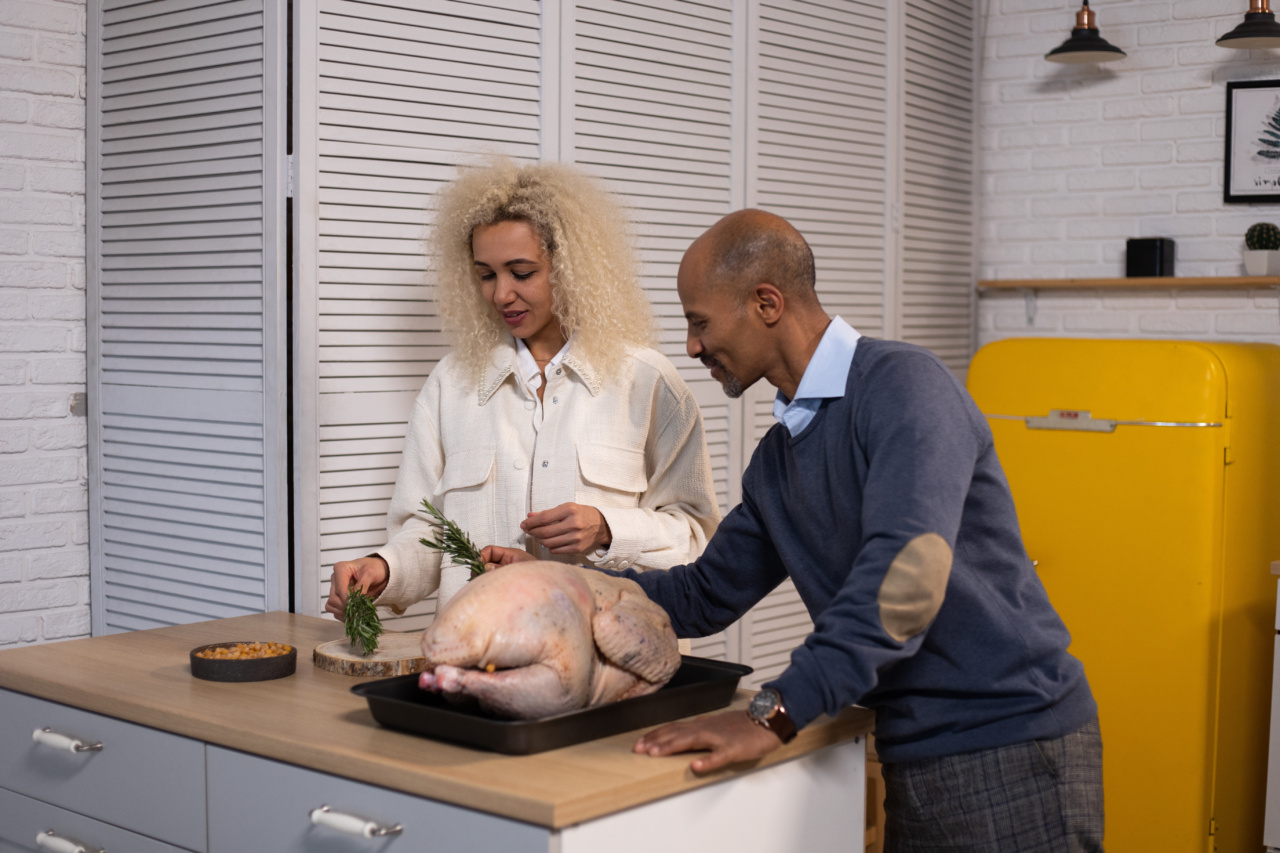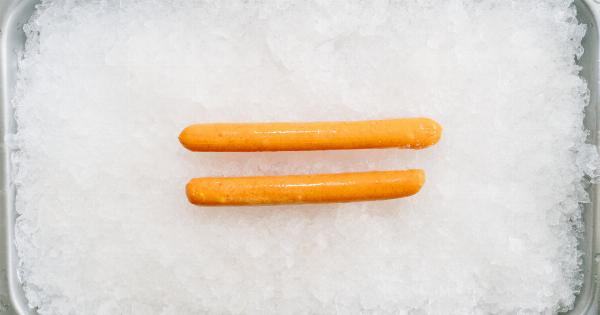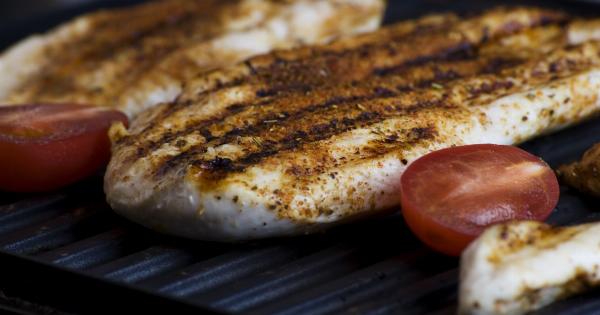Properly refrigerating meat is essential to maintain its quality, prevent foodborne illnesses, and ensure its freshness. In this scientific guide, we will explore the most effective methods and techniques for refrigerating various types of meat.
By understanding the principles behind refrigeration and implementing best practices, you can extend the shelf life of your meat while keeping it safe to consume.
Understanding the Importance of Refrigeration
Refrigeration plays a crucial role in preserving the quality and safety of meat products. It slows down bacterial growth, delays spoilage, and maintains the desirable texture and flavor of meats.
By keeping the temperature below 40°F (4°C), you can effectively inhibit the growth of most harmful bacteria that can cause foodborne illnesses.
Choosing the Right Refrigerator
Investing in a reliable refrigerator is key to ensuring proper meat storage. Look for a refrigerator that has separate compartments with adjustable temperature controls.
This allows you to set the ideal temperature for storing meat, which is typically between 32°F (0°C) and 40°F (4°C).
Furthermore, consider purchasing a refrigerator with a dedicated meat drawer to prevent cross-contamination. These drawers often have a lower temperature setting than the rest of the fridge, creating an optimal environment for storing meat.
Meat Preparation for Refrigeration
Properly preparing meat before refrigeration is essential for both safety and quality. Follow these guidelines:.
1. Packaging:
Place meat in airtight packaging or wrap it tightly with plastic wrap to prevent exposure to air and moisture. Oxygen and moisture can lead to oxidation, freezer burn, and the growth of spoilage-causing microorganisms.
2. Labeling and Dating:
Label each package with the type of meat and the date of packaging. This allows you to keep track of the age of the meat and prioritize consumption accordingly.
3. Portion Sizes:
Divide large cuts of meat into smaller portions before refrigeration. This allows for faster and more even cooling, promotes efficient thawing, and avoids unnecessary exposure to temperature fluctuations.
4. Removing Excess Fat:
If possible, trim excess fat from meat before refrigeration. Fat oxidizes quickly and can contribute to off-flavors and rancidity.
However, it’s important to note that some cuts benefit from the marbling and protective layer of fat, so exercise discretion based on the cut of meat.
Optimal Refrigeration Methods for Different Meats
Each type of meat has unique characteristics and therefore requires specific refrigeration methods to maintain its quality. Let’s explore the recommended refrigeration techniques for popular types of meats:.
1. Beef:
– Store beef in its original packaging if unopened. If opened, wrap it tightly in plastic wrap or aluminum foil.
– For longer storage, consider vacuum-sealing the beef to prevent freezer burn and maintain freshness.
– Keep beef on the bottom shelf of the refrigerator to avoid cross-contamination with other foods.
2. Poultry:
– Store poultry in its original packaging if unopened. If opened, transfer it to an airtight container or resealable plastic bag.
– Place poultry on a tray or in a container to catch any drippings and prevent cross-contamination.
– Use poultry within 1-2 days of refrigeration for optimal freshness.
3. Pork:
– Wrap pork tightly in plastic wrap or aluminum foil to prevent exposure to air.
– Store pork on the bottom shelf of the refrigerator, ideally in a meat drawer.
– Consume pork within 3-5 days of refrigeration for best quality.
4. Lamb:
– Store lamb in its original packaging if unopened. If opened, wrap it in plastic wrap or aluminum foil.
– Lamb should ideally be consumed within 3-5 days of refrigeration.
5. Fish and Seafood:
– Fish and seafood are highly perishable and should be consumed within 1-2 days of refrigeration.
– Store fish and seafood in airtight containers or wrap them tightly in plastic wrap to prevent odor transfer to other foods.
– Keep fish and seafood in the coldest part of the refrigerator, such as the lower back shelf or meat drawer.
General Tips for Meat Refrigeration
Regardless of the type of meat, certain rules apply for optimal refrigeration techniques. Consider the following tips:.
1. Temperature Control:
Maintain a consistent refrigerator temperature between 32°F (0°C) and 40°F (4°C). Use a refrigerator thermometer to ensure accurate readings.
2. Avoid Overcrowding:
Do not overcrowd the refrigerator with meat. Adequate space allows for proper air circulation and cooling.
3. First In, First Out:
Follow a “first in, first out” approach to minimize food waste and ensure you consume meat before its quality starts to deteriorate. Place newer packages behind older ones and use them accordingly.
4. Avoid Repeated Thawing and Refreezing:
Thawing and refreezing meat multiple times can negatively impact its quality. Plan your meals in advance to minimize the need for thawing and refreezing.
Conclusion
Proper refrigeration techniques are crucial for the safety and quality of meat. By understanding the science behind refrigeration and implementing best practices, you can enjoy fresh, flavorful, and safe meat for longer periods.
Remember to choose the right refrigerator, properly prepare the meat, and follow specific storage guidelines for each type of meat. With these principles in mind, your meat will stay fresh and delicious, providing a healthy and enjoyable dining experience.






























